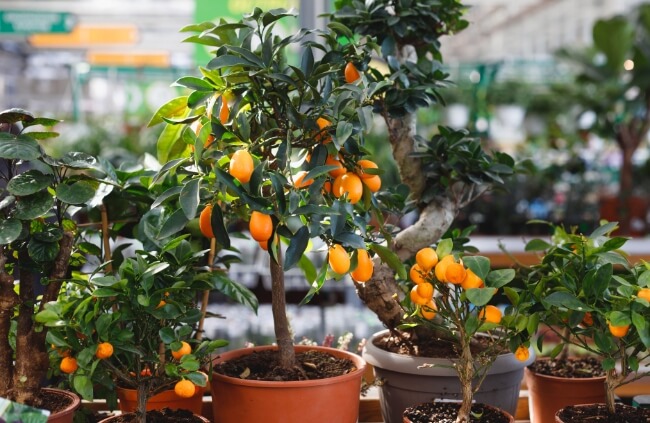Citrus are one of those ubiquitous plants that adorn most gardens offering fruit for the home gardener but also producing their fair share of problems too. It seems that many home gardens offer at least one lemon, orange, or grapefruit tree while others have delved into the less traditional varieties and explored tangellos, mandarins and the odd cumquat tree.
Yet, for many reasons, the quintessential lemon is now being replaced by dwarf citrus trees.
More...
Why Grow Dwarf Citrus Trees?
It’s no surprise, really. Our diminishing yard sizes and the limited space we now have to garden in primarily dictates the type of plants that we grow. No longer are home gardeners able to plant 2-3 citrus trees, plus a few other fruiting trees and ornamentals. Now we have the choice to select one small tree – and one only.
So, it makes sense that dwarf citrus trees are growing in popularity. Their small stature works in confined spaces yet their yields are disproportionate to their dwarfish size. Plus, if you’re not into the idea of growing a fruit salad tree then it makes logical sense that dwarf is the way to go.

Defining What Dwarf Citrus Trees Are
To define what a “dwarf” citrus tree is it makes sense to start with what it’s not. Some gardeners can often be duped into buying so-called dwarf citrus trees that are really just immature versions of a larger tree.
True dwarfs are grafted onto smaller growing rootstock and produce same-sized fruit even though the tree remains small. It’s almost impossible to identify from the graft whether the tree is a dwarf or not as most citrus are grown from grafted rootstock these days so it pays to buy from a reputable dealer that is willing to guarantee their stock.
How to Care for Dwarf Citrus Trees
Looking after dwarf citrus trees is a cinch and provided they are kept moist, fertilised twice annually and pruned every 2-3 years you can expect your tree to produce happily.
Read our guide on fertilising citrus trees to learn how to do it the right way and what fertilisers to use.
They are no more susceptible to pests and diseases than their towering counterparts but they do have problems with branches breaking under the strain of the fruit. Therefore, it is wise to remove some of the fruit prior to maturity to aid the tree in supporting it all.
These trees are great pot specimens and can happily exist in containers for many years provided they are repotted every 2 years and their root structures trimmed back. Don’t try this when they’re fruiting but wait for their dormant period.
Published on June 7, 2023 by Nathan Schwartz
Last Updated on January 28, 2024




